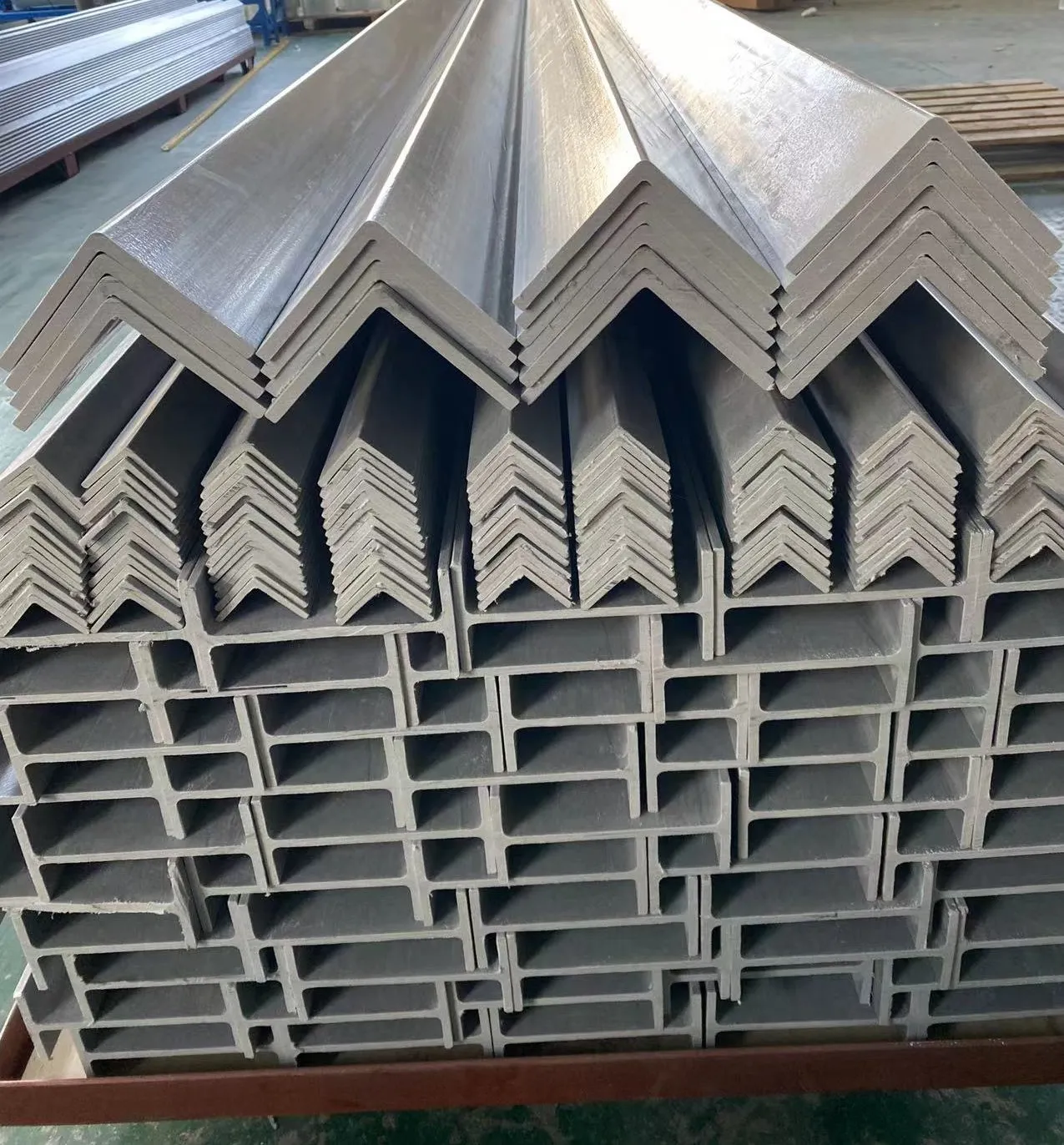loading...
- No. 9, Xingyuan South Street, Dongwaihuan Road, Zaoqiang County, Hengshui, Hebei, China
- admin@zjcomposites.com
- +86 15097380338
- Welcome to visit our website!
sectional steel tanks
Understanding Sectional Steel Tanks A Comprehensive Overview
Sectional steel tanks are increasingly becoming the preferred choice for various storage applications, primarily due to their versatility, durability, and efficiency in meeting diverse industrial needs. These tanks are constructed from multiple sections that are assembled on-site, making them suitable for a wide range of fluids, including water, chemicals, and wastewater.
What Are Sectional Steel Tanks?
As the name suggests, sectional steel tanks are made up of several pre-fabricated panels or sections that are typically fabricated in factories. These sections are transported to the installation site, where they are assembled and secured to form a complete tank structure. The sectional design allows for flexibility in size and shape, accommodating different storage capacities and site requirements.
Sectional steel tanks are often made from high-quality steel, which provides enhanced strength and corrosion resistance. They can be coated with protective finishes to further enhance their durability and longevity, which is critical when storing aggressive chemicals or in environments prone to rust and degradation.
Advantages of Sectional Steel Tanks
1. Modularity and Customization One of the most significant advantages of sectional tanks is their modular nature. They can easily be customized in terms of size, shape, and configuration to meet specific requirements. Whether a business needs a small tank for local water storage or a large tank for industrial applications, sectional steel tanks can be tailored to suit.
2. Ease of Transportation and Installation Due to their sectional design, these tanks are easier to transport than single-piece tanks, especially to sites with limited access. The sections can be moved using standard vehicles and can be assembled on-site without specialized lifting equipment, reducing the overall installation time and costs.
3. Cost-Effectiveness Generally, sectional steel tanks have lower initial costs compared to traditional concrete tanks. Their lightweight nature translates into lower transportation costs and simpler foundations. Additionally, because they are relatively easy to install and can be constructed quickly, businesses can save on labor costs as well.
4. Durability and Longevity When properly designed and maintained, sectional steel tanks can last for decades. They are resistant to many chemicals and environmental factors that may cause other types of tanks to fail. With protective coatings, they can withstand harsh conditions, including extreme temperatures and exposure to corrosive substances.
sectional steel tanks

5. Flexibility in Maintenance Should a section of the tank become damaged, it is often possible to replace just that section rather than the entire tank, reducing maintenance costs and downtime.
Applications of Sectional Steel Tanks
Sectional steel tanks are used across various sectors due to their adaptability. In the water and wastewater treatment industry, they are ideal for storing and holding water, sludge, or chemicals. They are also commonly used in agricultural applications for storing irrigation water or fertilizers. In industrial contexts, these tanks can store a range of chemicals, fuels, and other materials.
Additionally, many businesses use sectional steel tanks for potable water storage. Their ease of maintenance and regulatory compliance make them suitable for municipal water supply projects, ensuring safe and clean water is readily available.
Installation and Maintenance Considerations
While sectional steel tanks offer numerous benefits, proper installation is crucial to ensure their longevity and performance. The foundation on which the tank is placed must be stable and level to prevent collapses or leaks. It’s essential to follow manufacturer guidelines for assembly to ensure the structural integrity of the tank.
Regular inspection and maintenance are also vital. This includes checking for signs of corrosion, leaks, or structural wear. Employing a preventive maintenance program can help identify potential issues before they become significant problems, thereby extending the life of the tank.
Conclusion
Sectional steel tanks represent an innovative solution for various storage challenges faced by industries today. Their customizable nature, durability, and cost-effectiveness make them a favored option in water management, agriculture, and numerous industrial applications. Leveraging the advantages of sectional steel tanks, businesses can ensure efficient storage solutions that contribute to operational success while maintaining high standards of safety and environmental compliance. As technology continues to evolve, these tanks will likely become even more integral to the infrastructure of critical industries.
-
The Rise of FRP Profiles: Strong, Lightweight, and Built to LastNewsJul.14,2025
-
SMC Panel Tanks: A Modern Water Storage Solution for All EnvironmentsNewsJul.14,2025
-
GRP Grating: A Modern Solution for Safe and Durable Access SystemsNewsJul.14,2025
-
Galvanized Steel Water Tanks: Durable, Reliable, and Ready for UseNewsJul.14,2025
-
FRP Mini Mesh Grating: The Safer, Smarter Flooring SolutionNewsJul.14,2025
-
Exploring FRP Vessels: Durable Solutions for Modern Fluid HandlingNewsJul.14,2025
-
GRP Structures: The Future of Lightweight, High-Performance EngineeringNewsJun.20,2025
